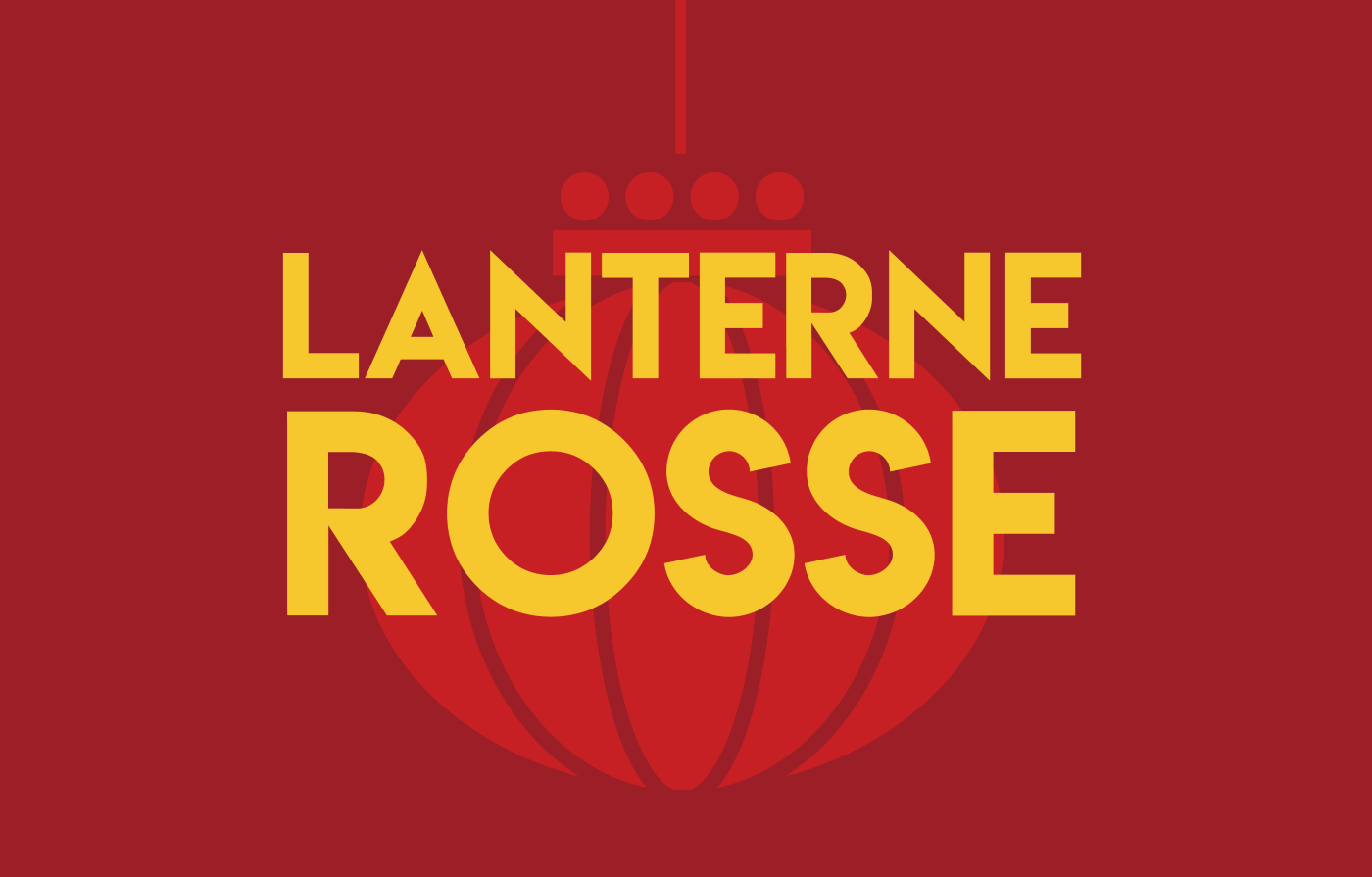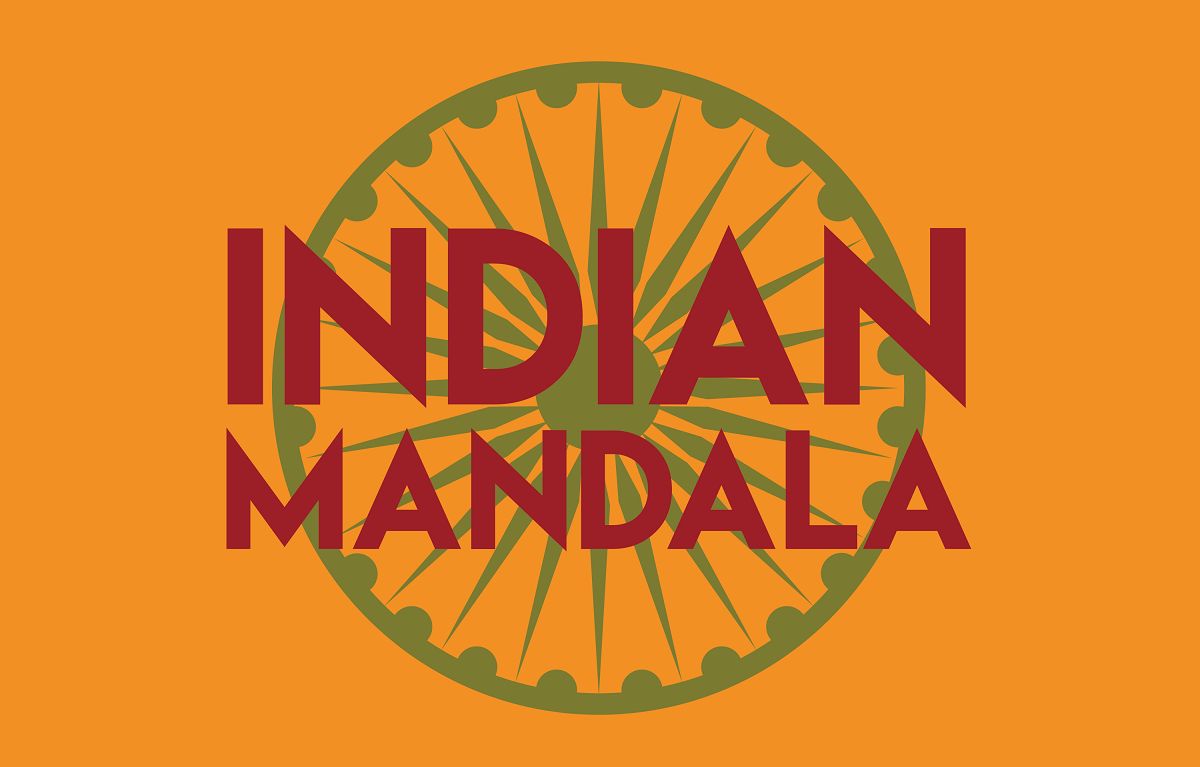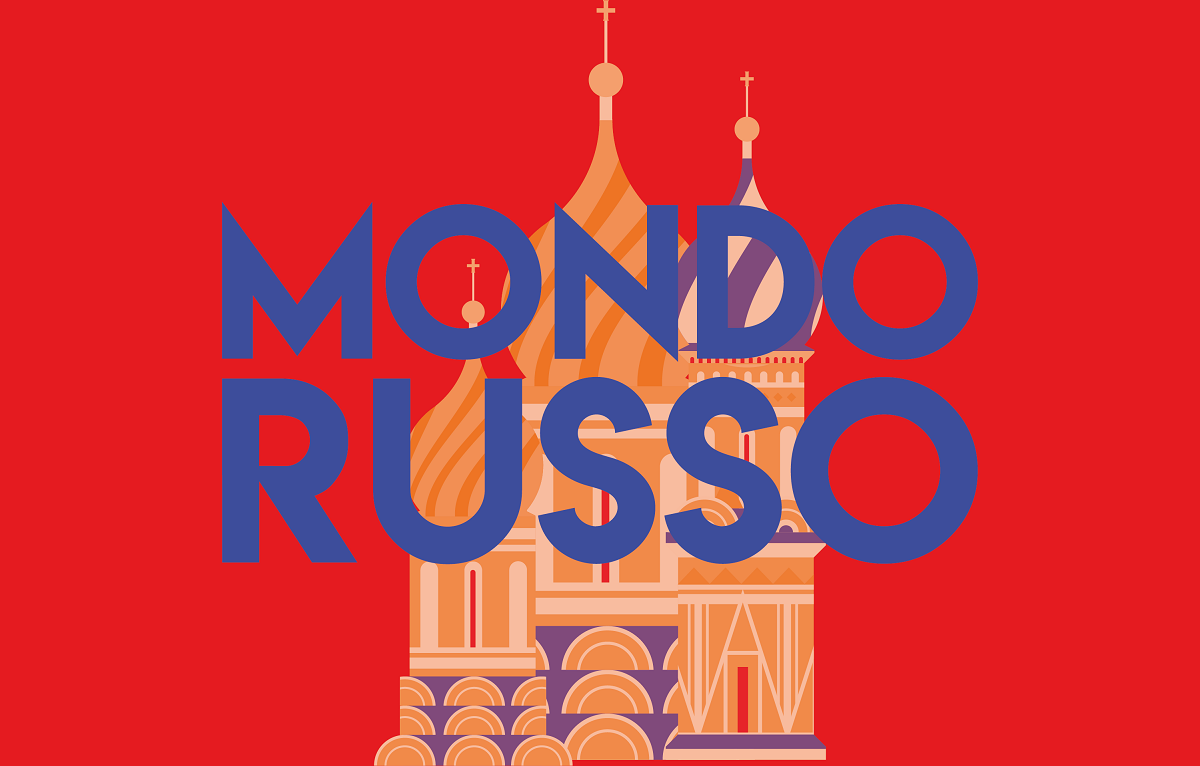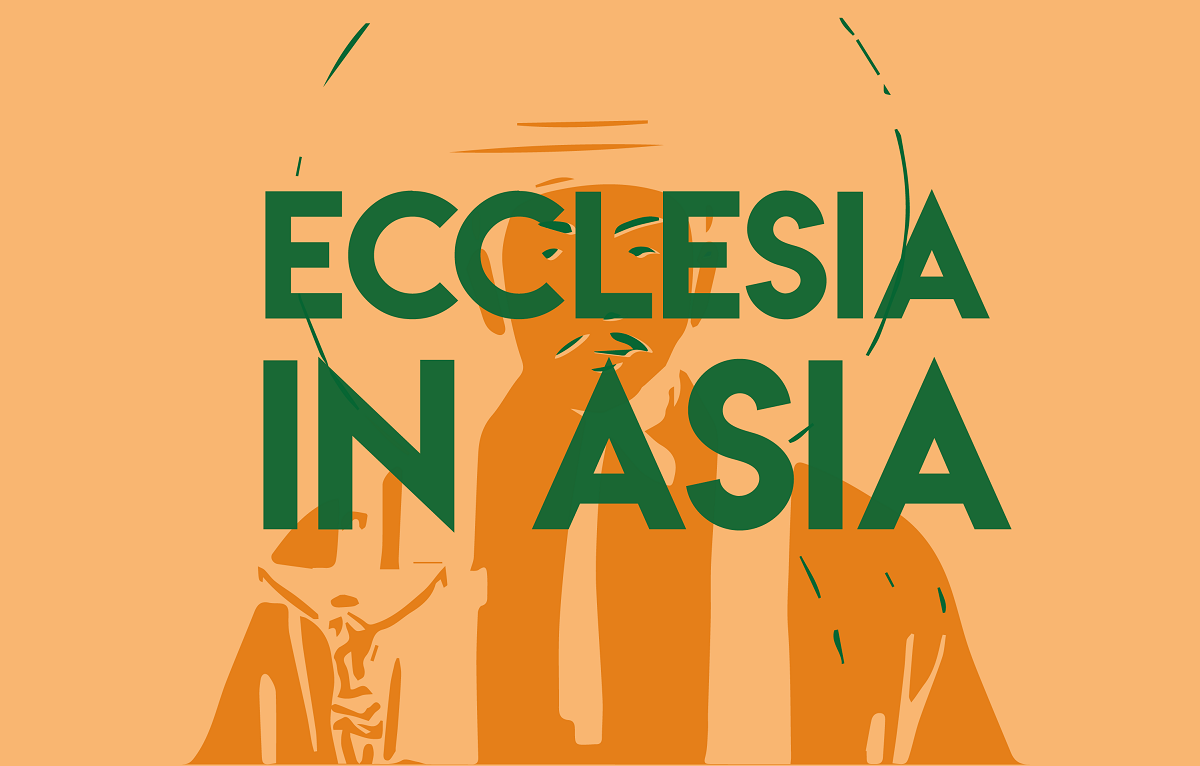Victory Square and the powder keg of Dagestan
Just as Putin today celebrates the parade marking the 80th anniversary of the end of World War II with the leaders of all “friendly” countries, Dmitry Steshin—one of the most fervent pro-Russian war correspondents from the Ukrainian front—speaks about the tense situation in the North Caucasus republic: “Dagestan lives by its own laws, drifting further and further from Moscow.”
Moscow (AsiaNews) – While Victory Day is being celebrated in Moscow, with Chinese President Xi Jinping and the leaders of all “friendly” and pro-Putin countries on the stage of Lenin’s mausoleum—and the capital and other major cities barricaded with anti-air and electronic counter-intrusion defenses—Russia risks internal explosion in the North Caucasus.
One of its most important and strategic republics, Dagestan, on the Caspian Sea and bordering Chechnya and Azerbaijan, is increasingly becoming a region beyond the Kremlin’s control.
Dmitry Steshin, one of the most vocal war correspondents and propagandists of the war in Ukraine (which shows no sign of ending despite months of talks with the Americans), has raised an alarm about the growing unrest in this region, where various ethnic groups have been in conflict for centuries with each other and with the Russians.
The name Dagestan means “Land of the Mountains” from the Turkic word Dagh, and its 3 million residents are split among about thirty ethnic groups, including the Avars, Dargins, Kumyks, and Lezgins—of uncertain origin or relation—as well as Azerbaijanis, Nogai Tatars, and Mountain Jews, known by various names, primarily Dāgh Čufut. This group has been historically subject to pogroms, recently reignited—such as during last year’s riot at Makhachkala airport.
Islamic religious radicalization has triggered several dramatic events in recent months, amid deepening unemployment and a record-high birth rate—59% above the Russian average. On May 6, Steshin published a commentary stating that “Dagestan lives by its own laws, drifting more and more from Moscow.” He highlighted the lack of prospects for social development, with many young people leaving en masse, while those who remain are increasingly drawn to radical movements.
One cannot forget the dramatic circumstances of the 1999 civil war—a short but intense conflict in which Dagestani citizens fought on the frontlines against the invasion by jihadists from the “Islamic International Brigade” coming from Chechnya.
Their goal was to turn Dagestan, a multiethnic and multireligious republic—the largest in the North Caucasus—into a stronghold of Islamic extremism, destabilizing the entire region by establishing a Wahhabi-style emirate in a Sunni-majority land.
Today, that project is being revived amid a regrouping of forces once thought defeated, with increasing influence from Afghanistan and Syria raising serious concern.
Speaking with locals, the Russian blogger reports hearing statements like: “Nowadays, what matters here is not reason, but boldness and bravado.”
The popularity of radical Islam is growing especially among the more educated families. One recalls the 2010 Moscow metro bombing, carried out by a young woman whose father—a school director—was already wanted for other attacks. He proudly congratulated her: “My daughter has become a good shakhidka,” or suicide bomber.
In June of last year, a series of attacks primarily targeting Orthodox churches killed four civilians (including a priest) and 15 police officers. The perpetrators were linked to the Vilayat Kavkaz group, which in turn was associated with the Tajik attackers responsible for the March massacre at Crocus City Hall on Moscow’s outskirts, which left nearly 150 dead.
While power in Chechnya is firmly in the hands of Putin-loyalist Ramzan Kadyrov—though his grip is weakening due to his failing health—in multiethnic Dagestan, no effective “vertical of power” has been established in 30 years, contrary to the Kremlin’s preferences.
Mountain clans dominate, the administrative infrastructure grows weaker, and a sense of impunity fosters both criminal activity and potential terrorism. Rather than a “region of Russia,” Dagestan now resembles more a “free zone”—a powder keg even harder to tame than the Donbass in Ukraine, where Moscow’s army is heavily deployed and which may eventually need to be redirected to extinguish the fires of the North Caucasus.





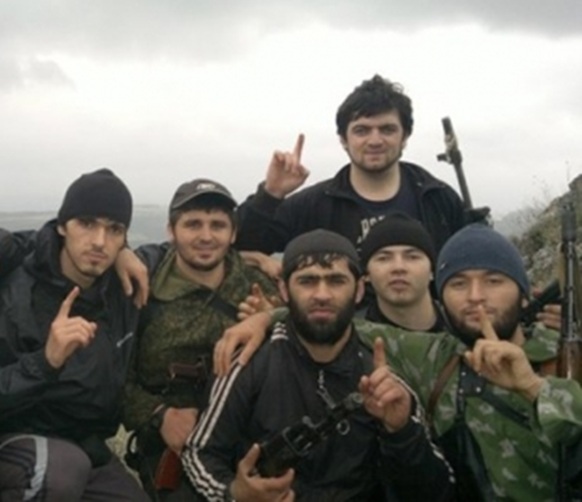

.png)

